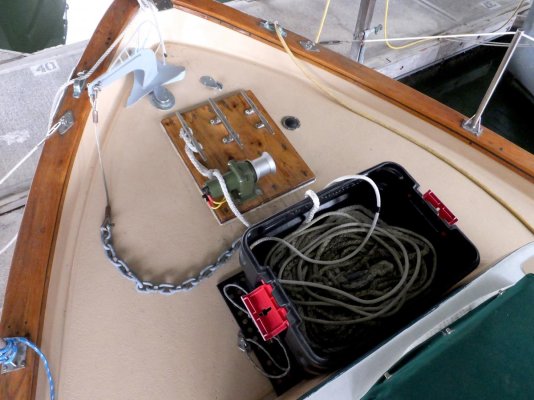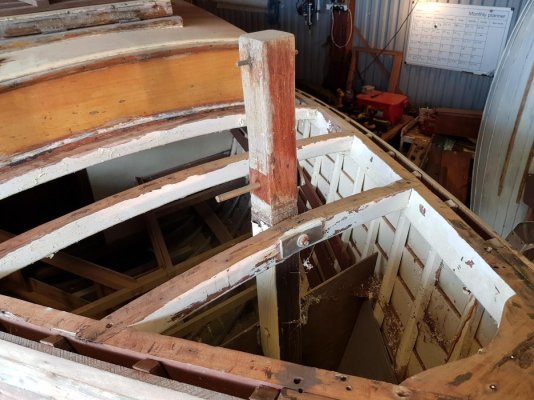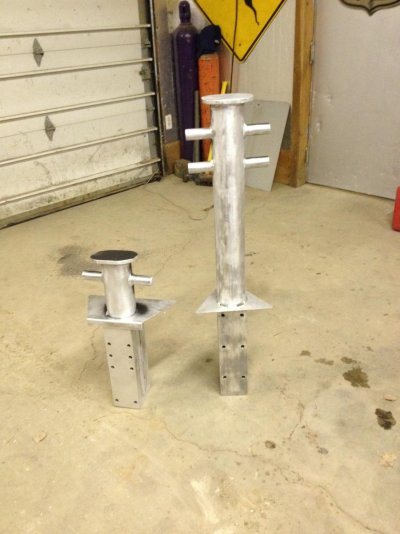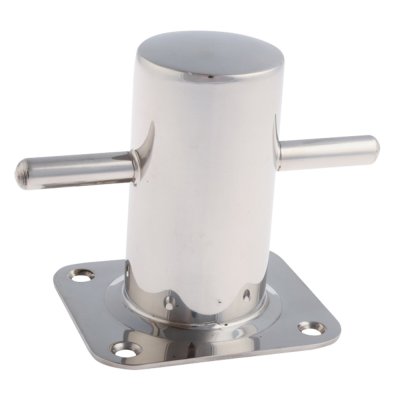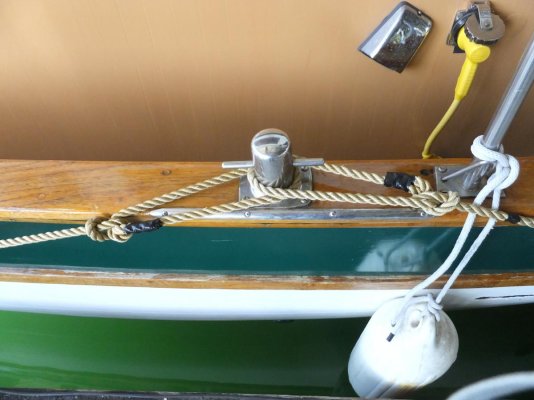My boat has hawse cleats in the bow as well as a real sampson post. When anchoring for a major blow, i'm debating whether I'm better off just cleating off my snubber bridle vs running the snubber through the hawse cleat holes and then 90 degrees directly to the samson post.
Obviously the samson post is stronger than the cleats. But the downside of the post is the chafe potential with that 90 degree turn and freedom that allows the snubber line to freely move on that edge as the tension alternates between left & right arms of the bridle. I do use firehose jacket to prevent chafe either way.
Opinions?
Obviously the samson post is stronger than the cleats. But the downside of the post is the chafe potential with that 90 degree turn and freedom that allows the snubber line to freely move on that edge as the tension alternates between left & right arms of the bridle. I do use firehose jacket to prevent chafe either way.
Opinions?

